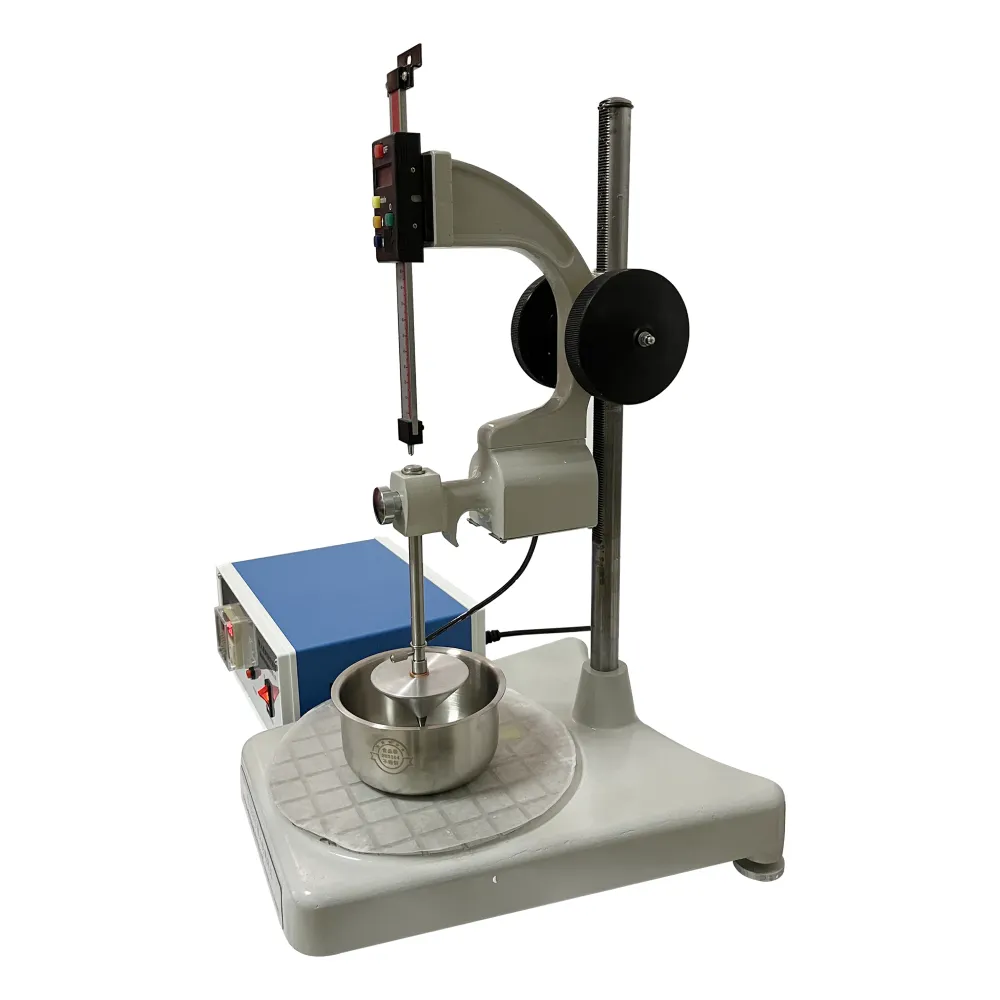 English
English


Understanding High Voltage Hipot Testing for Electrical Equipment Safety and Performance Assessment
Understanding High Voltage Hi-Pot Testing
High Voltage Hi-Pot testing, or High Potential testing, is a crucial procedure in the manufacturing and quality assurance of electrical and electronic components. This technique is employed to ensure the safety and reliability of electrical insulation systems by identifying any potential problems that could lead to failure under regular operating conditions. The primary purpose of Hi-Pot testing is to ensure that insulation can withstand a specified high voltage without breaking down or allowing current to leak through.
What is Hi-Pot Testing?
Hi-Pot testing involves applying a high voltage to an electrical device and measuring the leakage current that flows through the insulation. The test is primarily aimed at detecting weaknesses in insulation material that could cause operational failures, thus posing risks such as electrical shock, equipment damage, or fire hazards. The testing process typically involves the following steps
1. Preparation Prior to testing, the device is prepared by ensuring it is disconnected from any circuits, and all components are accessible.
2. Test Setup The Hi-Pot tester generates high voltage, typically between 500 volts to several kilovolts, depending on the application and the standards that need to be met.
4. Measurement During the test, the current that flows through the insulation is monitored. A current above a specified threshold indicates a potential breakdown or insulation failure.
5. Evaluation After the test, the results are evaluated. If the current remains within acceptable limits, the insulation is deemed satisfactory; if not, further investigation or corrective measures are necessary.
Importance of Hi-Pot Testing
high voltage hipot

The importance of Hi-Pot testing cannot be overstated. In many industries, it serves as a primary safeguard against electrical hazards. For example, in the medical field, equipment must meet stringent safety regulations to protect patients and healthcare providers. Similarly, in consumer electronics, Hi-Pot testing ensures that products can withstand the stresses of daily use without faulting.
Moreover, Hi-Pot testing contributes to compliance with various safety standards and regulations, such as those set by the Underwriters Laboratories (UL) and the International Electrotechnical Commission (IEC). Compliance with these standards is essential for manufacturers wishing to market their products globally.
Common Applications
Hi-Pot testing is widely used in various industries, including
- Electrical Equipment Manufacturing Ensures that transformers, circuit breakers, and other high-voltage devices function safely. - Cables and Connectors High voltage tests on cables and connectors help prevent failures during operation, which could lead to significant operational risks.
- Consumer Electronics Products such as televisions, computers, and kitchen appliances undergo Hi-Pot tests to ensure user safety.
- Automotive With the rise of electric vehicles, Hi-Pot testing is pivotal in evaluating battery packs and charging systems.
Conclusion
In summary, High Voltage Hi-Pot testing is a fundamental practice that plays a vital role in safeguarding electrical devices and the people who use them. By identifying potential insulation failures before products reach the market, manufacturers can mitigate risks, enhance product reliability, and comply with necessary regulatory standards. As electrical systems continue to evolve and operate at higher voltages, Hi-Pot testing will remain an integral part of electrical safety protocols, ensuring a safer environment for all users.
-
Differences between open cup flash point tester and closed cup flash point testerNewsOct.31,2024
-
The Reliable Load Tap ChangerNewsOct.23,2024
-
The Essential Guide to Hipot TestersNewsOct.23,2024
-
The Digital Insulation TesterNewsOct.23,2024
-
The Best Earth Loop Impedance Tester for SaleNewsOct.23,2024
-
Tan Delta Tester--The Essential Tool for Electrical Insulation TestingNewsOct.23,2024





